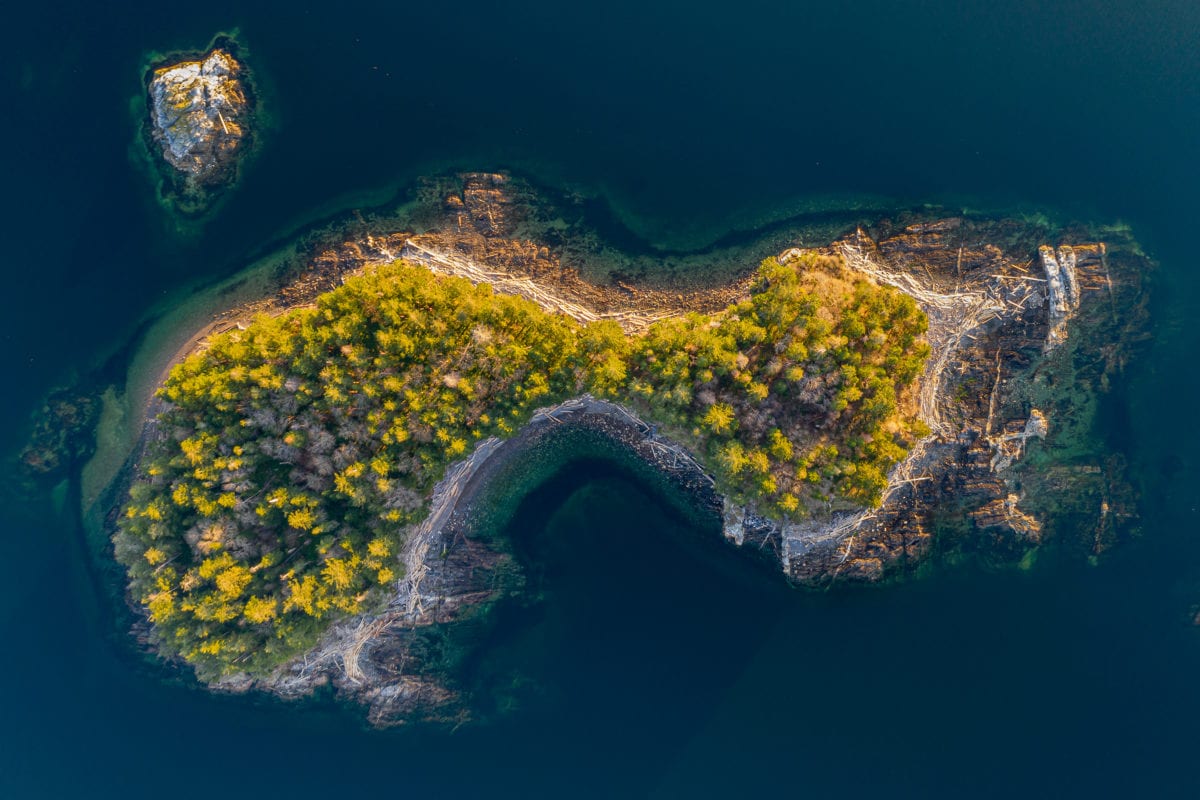
Pristine island given to conservation
There are not many wilder places than islands untouched by human infrastructure and technology, and there are not many of those left. One more has been saved though a generous donation to The Nature Trust of British Columbia.
Breton Island–Whitridge Reserve is a 5 hectare (12.6 acre) island located near the east coast of Quadra Island. The island has excellent conservation values because it has no existing structures or docks and supports thriving plant and bird populations.
DOWNLOAD PDF OF THIS NEWS RELEASE
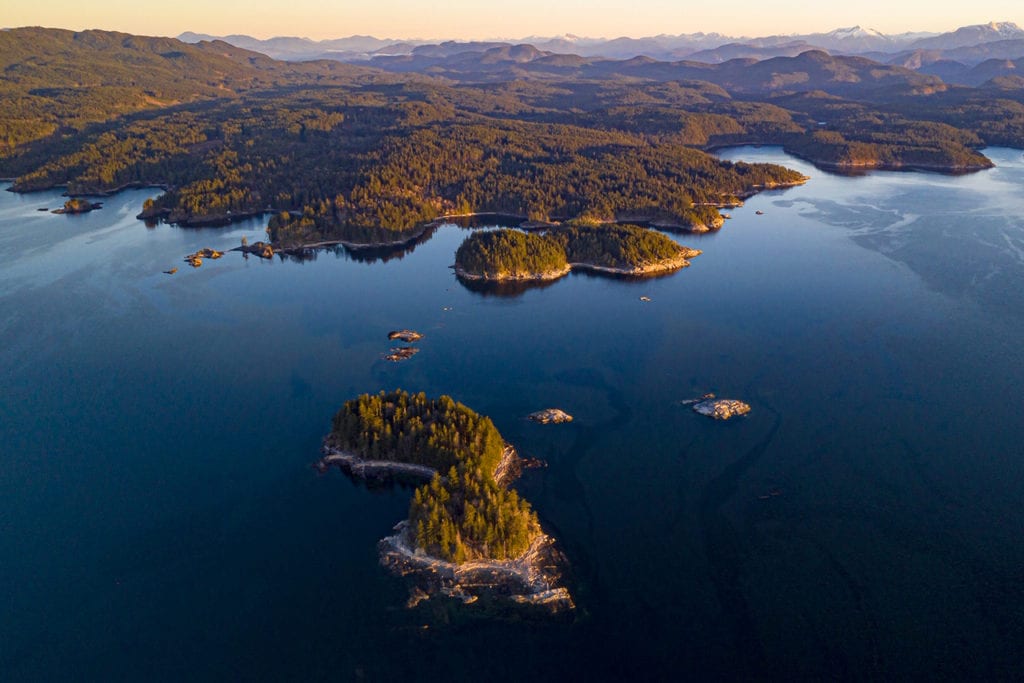
The property was donated to The Nature Trust of BC by four brothers of the Whitridge family. They inherited the island from their parents who had bought it in 1968. The family couldn’t figure out a satisfactory way to own or use the property. When they thought about selling the island, they didn’t want to see the island developed – they wanted the island to remain a wild space. The non-financial values of the island were important to them. This led them to a friend who suggested that they consider donating their island to an organization that protects land in perpetuity, The Nature Trust of BC.
The property contains three sensitive ecosystems: mature coniferous forest, herbaceous rocky shoreline, and shallow marine area. All three ecosystems are in a relatively natural state. A globally critically imperiled ecological community, known as Roemer’s Fescue – Junegrass, may occur on this island.
This is a bird lover’s paradise. The shallow marine area provides important habitat for sea ducks, shorebirds, seabirds, and other waterbirds. Among the birds using the island there are 4 species listed under Canada’s Species at Risk Act: the threatened Marbled Murrelet, and three species of special concern – the Ancient Murrelet, Cassin’s Auklet, and Great Blue Heron. Provincially recognized species at risk that use the island include Brandt’s Cormorant and Common Murre.
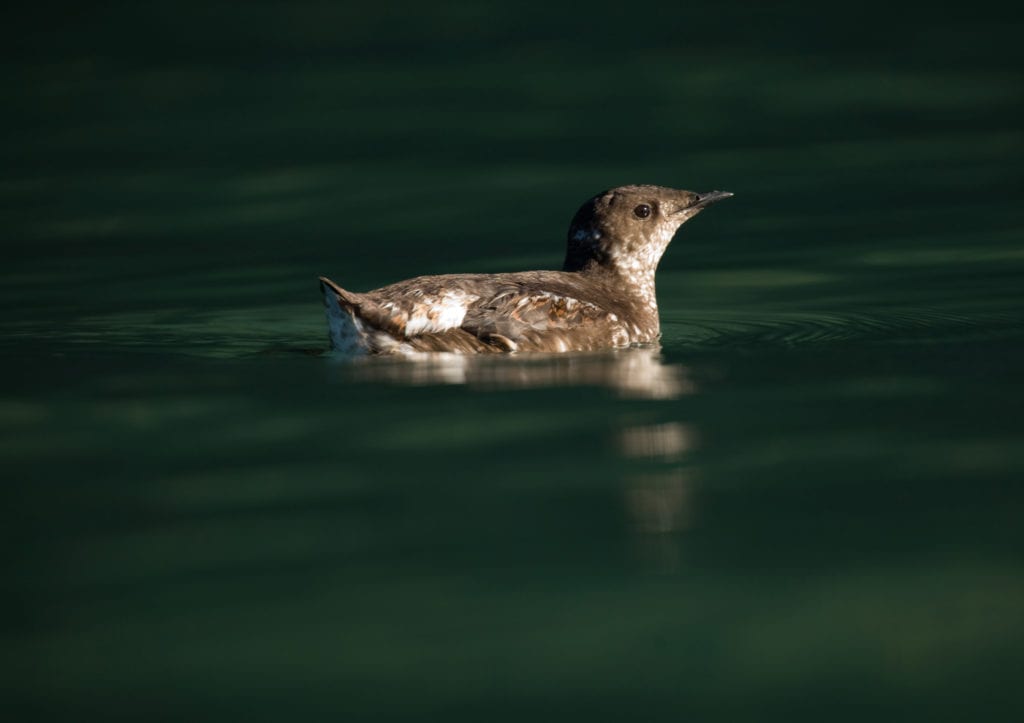
Marbled Murrulet | photo by Tom Middleton
Other birds using this paradise include Bald Eagle, Black Oystercatcher, Black Turnstone, Common Loon, Common Merganser, Double-crested Cormorant, Harlequin Duck, Lesser Scaup, Pacific Loon, Pelagic Cormorant, Pigeon Guillemot, Red-necked Grebe, Rock Sandpiper, Savannah Sparrow, Surf Scoter, Surfbird, and White-winged Scoter.
By protecting the island, this acquisition will ensure the 1.2 km of coastal shoreline and approximately 8.9 hectares (22 acres) of shallow marine area surrounding the island will not be disturbed by infrastructure that could extend over or through this important habitat.
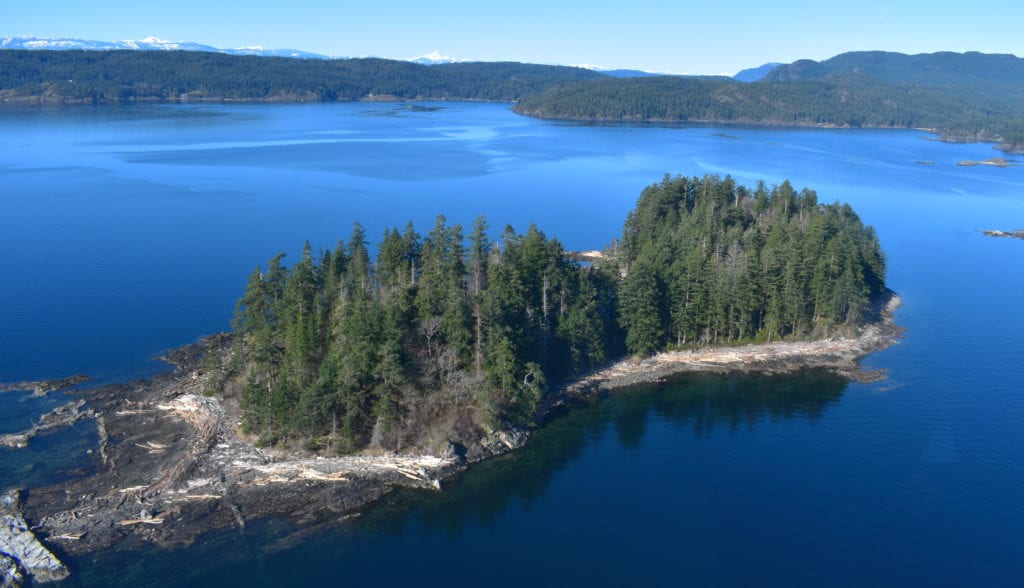
“I think the shared family feeling is that The Nature Trust of BC will be able to take closer and better care of it than we would, and we haven’t lost anything we value highly by transferring ownership as we have.”
- A. Whitridge.
The Nature Trust of BC wishes to thank the Whitridge family who made this possible through their generous gift. Together we will leave a lasting legacy to nature.
This project was made possible in part, by the Government of Canada through the Natural Heritage Conservation Program, part of Canada’s Nature Fund.
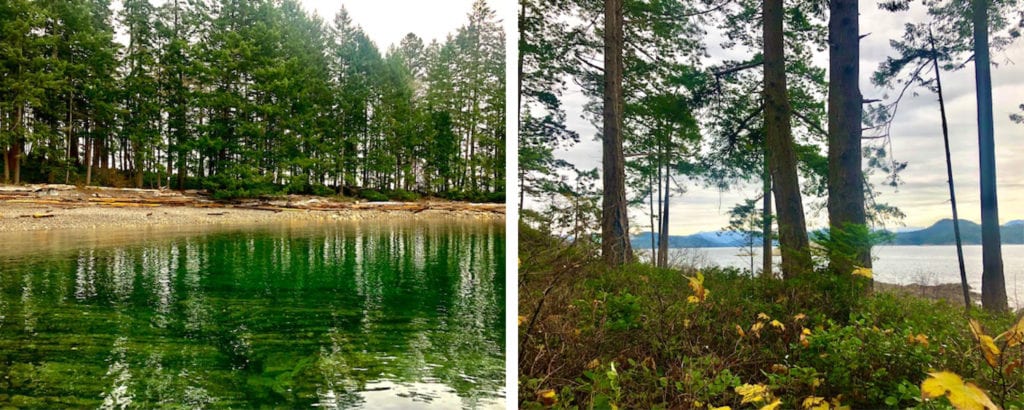
Quotes:
“The island provides foraging for a really diverse community of migratory birds. These birds traverse national borders so this a wonderful story of cross-border conservation,”
- Jasper Lament, CEO of The Nature Trust of BC
“It’s reassuring to know that the island and all its wonders will be protected in perpetuity by The Nature Trust for the enjoyment of future generations.”
- A. Whitridge
“I have fond memories of our whole family going there in those early days, staying in the Herriot Bay Inn and renting kayaks or a small outboard for the short trip to explore Breton during the day. About 20 years ago my wife and I did the same with our then college-age son, accessing the island by kayaks, I think all of us at one time or another have found it to be a magical and peaceful place to go for restoration and reflection.”
- Dave Whitridge
“By working with partners like The Nature Trust of British Columbia and generous donors like the Whitridges, we are protecting our iconic British Columbian landscapes and the important wildlife that call those places home. Through programs like the Canada Nature Fund’s Natural Heritage Conservation Program, we are making progress toward conserving a quarter of Canada’s land and a quarter of its oceans by 2025.”
- The Honourable Jonathan Wilkinson, Minister of Environment and Climate Change
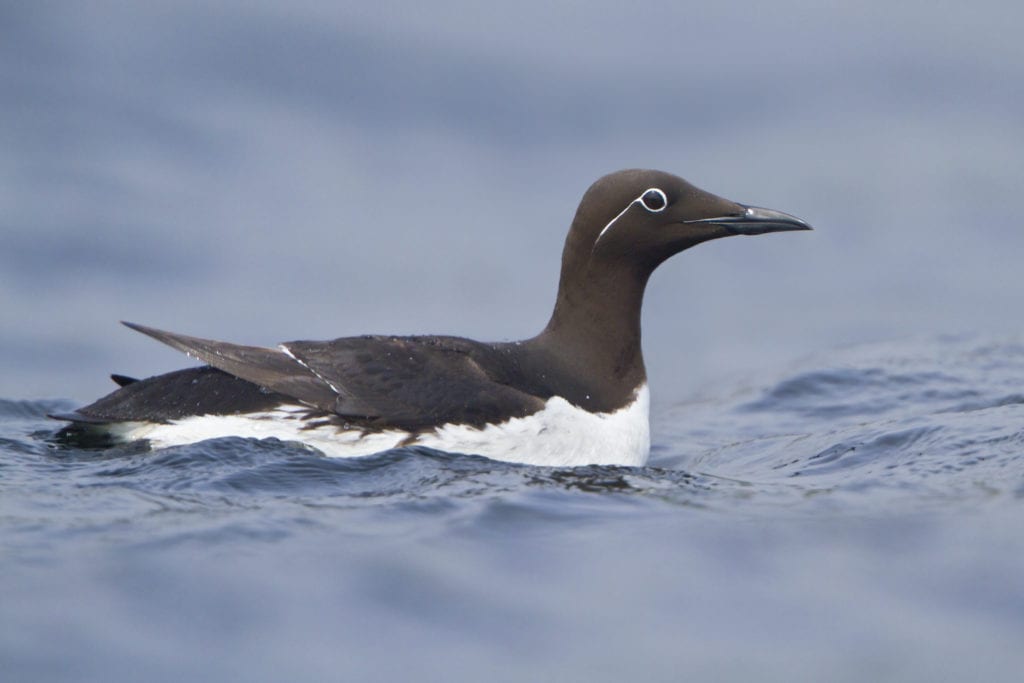
Common Murre | photo by Glenn Bartley
Facts:
- Located within the eastern very dry maritime Coastal Western Hemlock (CWHxm1) biogeoclimatic zone. Currently only 6.0% of the CWHxm1 is protected in either parks or conservation lands.
- Breton Island – Whitridge Reserve contains three sensitive ecosystems: mature coniferous forest, herbaceous rocky shoreline and shallow marine area. A globally critically imperiled ecological community, known as Roemer’s Fescue – Junegrass may also occur on the island.
- Many vulnerable bird species use the island, including the following SARA Schedule 1 species: threatened Marbled Murrelet, special concern Ancient Murrelet, special concern Cassin’s Auklet and special concern Great Blue Heron. Provincially recognized at-risk species (Red list) include Common Murre, Brandt’s Cormorant and Cassin’s Auklet.
- The property protects approximately 5 hectares (12.6 acres) of Crown-owned waters surrounding Breton Island from infrastructure like docks. This includes coastal shoreline and shallow marine areas that are important habitat for sea ducks, shorebirds, seabirds and other waterbirds.
- Breton Island – Whitridge Reserve is uniquely located in the transition zone from the Salish Sea to Discovery Islands and Johnstone Strait and is surrounded by a rich marine environment, providing deep waters and unique shallow marine habitats that support a diverse ecosystem of shellfish, crustaceans, fish, mammals, sea ducks, shorebirds, and marine plants.
